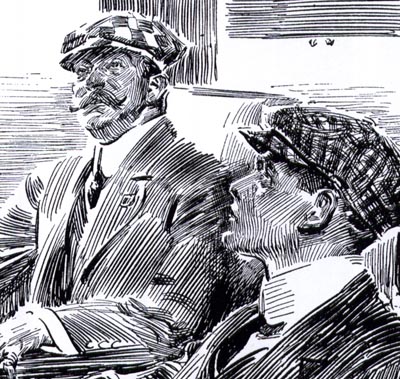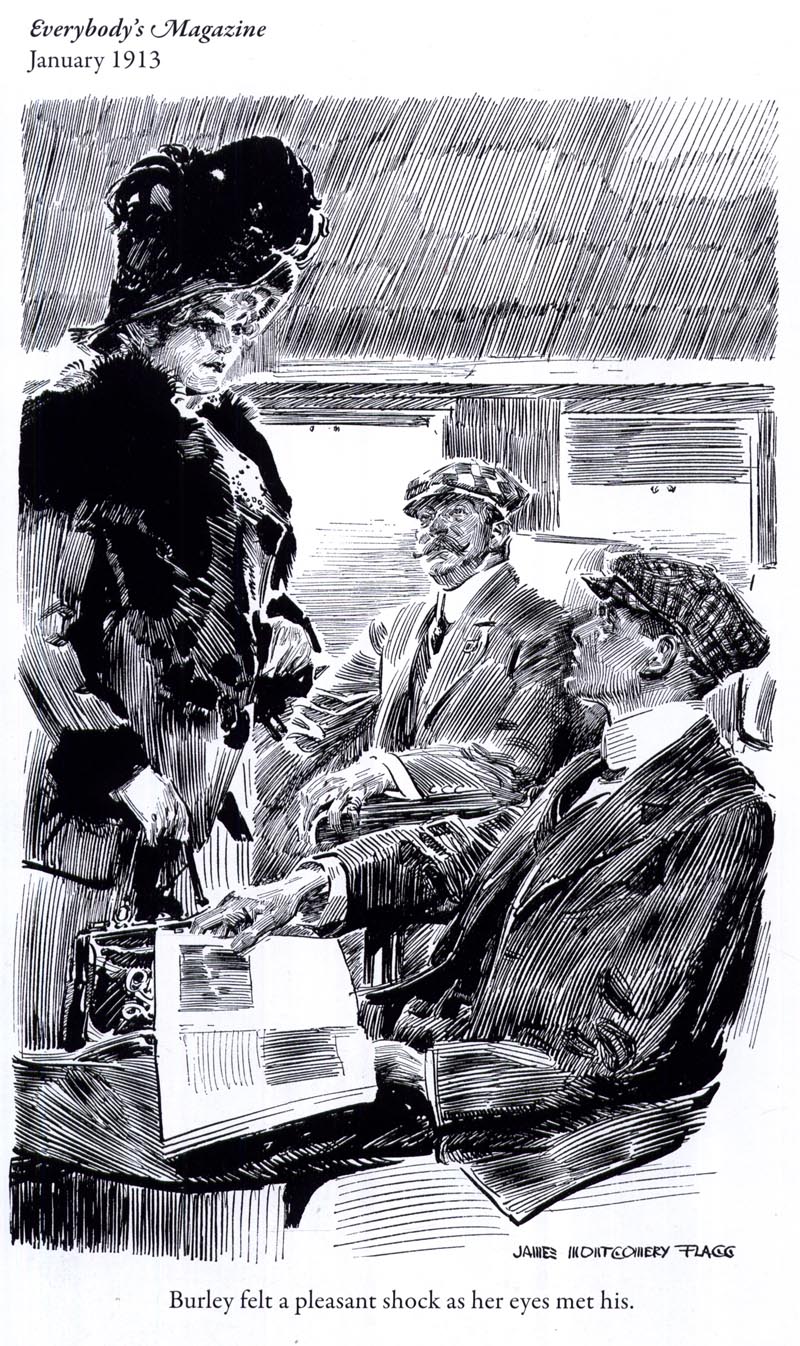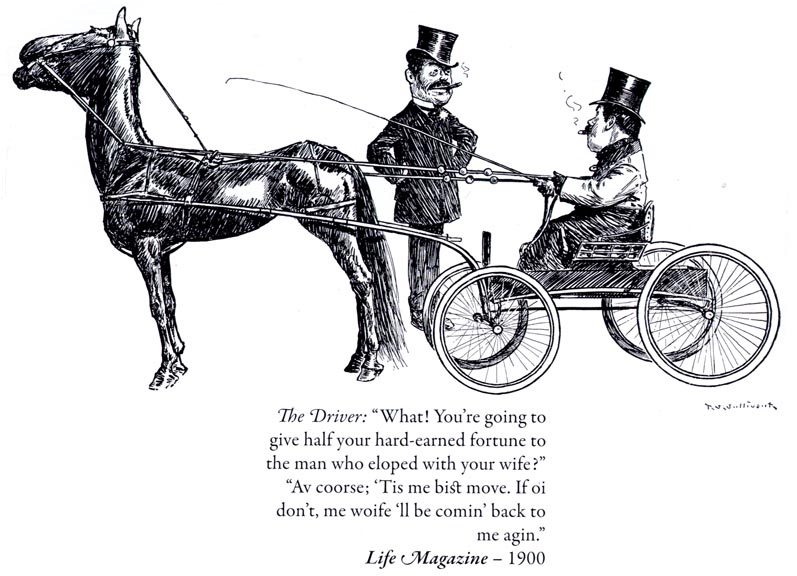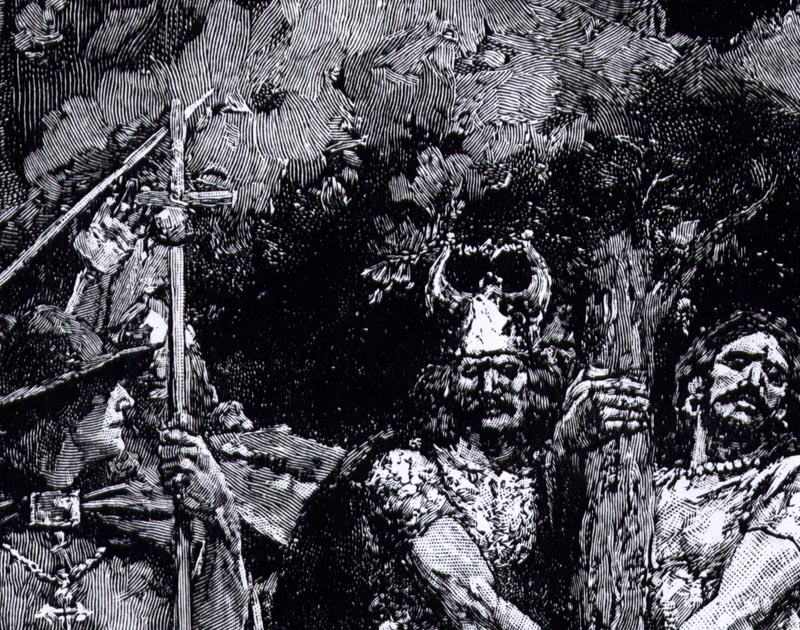
"The more I explore," writes Jim, "the more I realize how much great art we've lost. As culture, as society, as humans..."

"... we've simply forgotten most of our artistic heritage."

Jim has been a Today's Inspiration list members for quite some time now and he and I corresponded on the subject of the era he is so passionate about. In one note he explained to me, "I can trace MY fascination with the era to folks like Al Williamson and Roy Krenkel, Leif, who very much influenced Wrightson, Jones, Kaluta and Smith. As I was reading the fanzines of the late 1960s, I would learn that Krenkel was a big fan of Franklin Booth or the Williamson went gaga over Joseph Clement Coll. I can remember cutting classes at college in 1968 to pore over the shelves of early 20th century novels to see if they had any illustrations - and thus discovering the work of Coll (on Talbot Mundy) and Cornwell (on Peter B. Kyne) and being fascinated by the modernity of their work. Of course I was comparing it to comic and fantasy art, not commercial illustration - where it was anything BUT modern."

"I grew up in the 50s looking at Colliers and the SEP. I NEVER was drawn (no pun intended) into the art on the stories. I knew it was there, but it wasn't until I discovered comic books that illustration "called" to me. Then Frazetta paperback covers woke my latent appreciation and I began following the path backwards - quite literally skipping over the illustration of the 60s and 50s and most of the 40s as I went looking for the people who influenced my favorites. I wanted to know WHO Coll was and WHAT Williamson got from him. I wanted to understand why Wrightson wasn't drawing like Frazetta anymore but was channeling Franklin Booth. What prompted this "skipping" of a generation or two in artistic influence and WHY were these "antique" styles still relevant (and effective) in the 1970s?"

"It was only partially an intellectual quest. It was also that the echoes of those old styles were resonating with me AND with a generation of comic book artists and fans. When I found the source material, I understood. These guys were defining a genre (or three) and there was an exuberance there that never happened again. Sure, lots of GREAT illustration happened after the 1920s, but it was all derivative of (or in reaction to) the work of this seminal era."

"The fine art/anti-photography movement was a major turning point and saved the craft of illustration from the dustbin, but it became, to this poor observer, something ELSE. Something good and often great, but it's always struck me as a somehow different sort of critter. The explosion of styles and craft that occurred from 1880 to 1920 was a one-time thing and was (and will be) never repeated."

Since that note Jim's been kind enough to send me his latest issues of ImageS and so my education - and appreciation - grows. Its from the most recent Black & White ImageS that I scanned today's art samples. It truly is stunning work, and this is only a tiny sampling of what every issue of ImageS contains.
If you'd like to learn more about Jim's publications, go to The Vadeboncoeur Collection of ImageS
Any many thanks, Jim!






0 comments:
Post a Comment